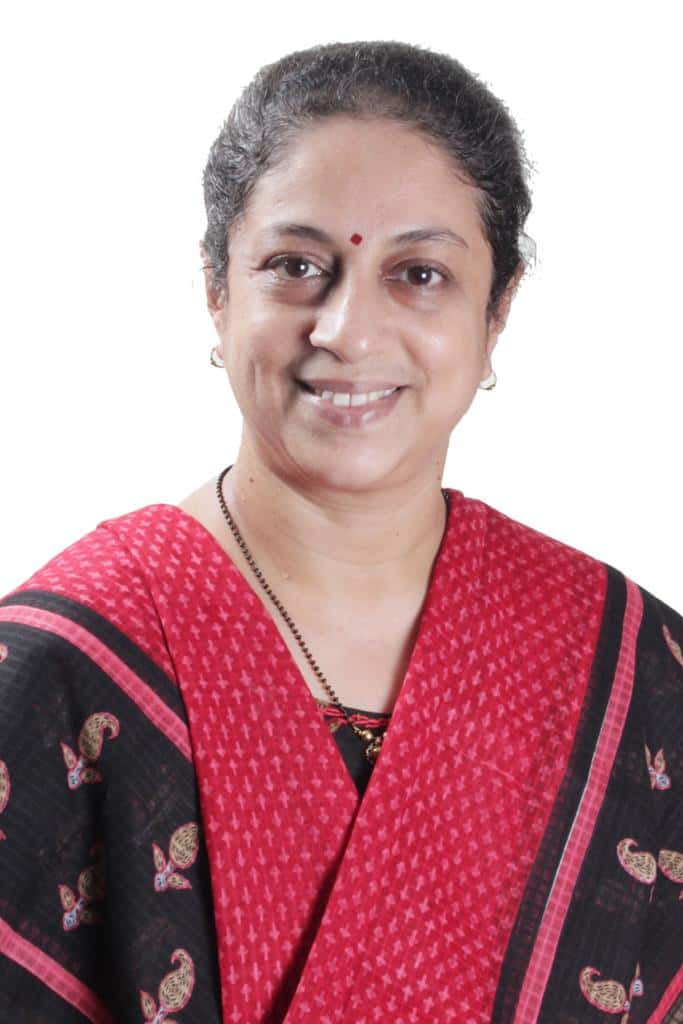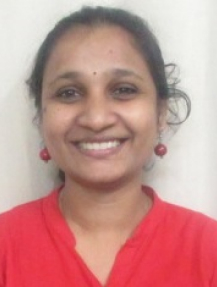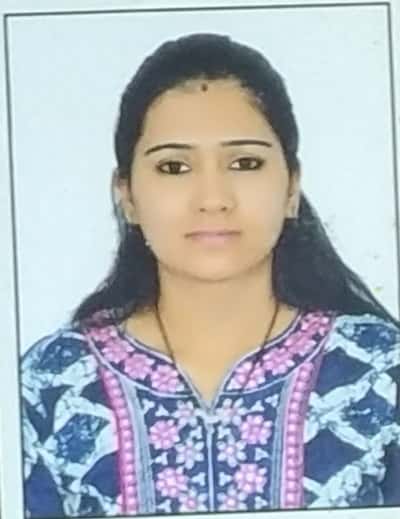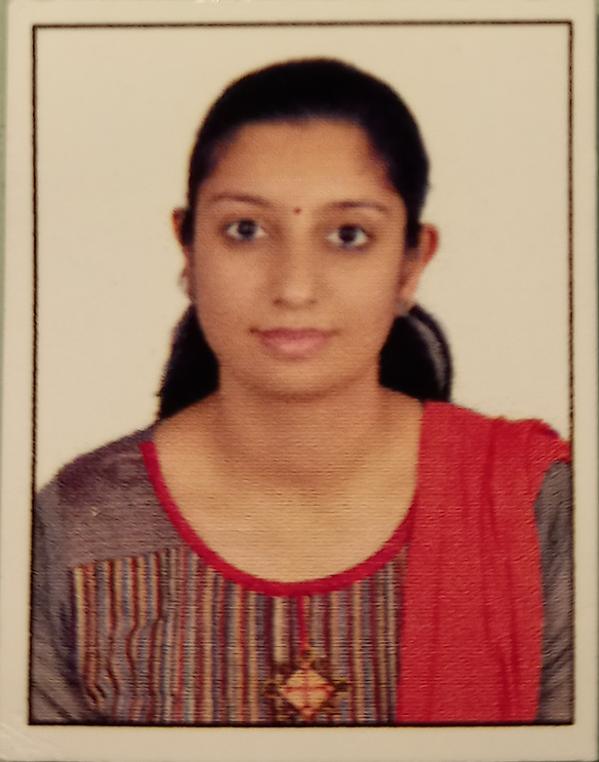Dr. M. L. DHAWALE MEMORIAL HOMOEOPATHIC INSTITUTE
NAAC Accredited With Grade B+
Practice of Medicine
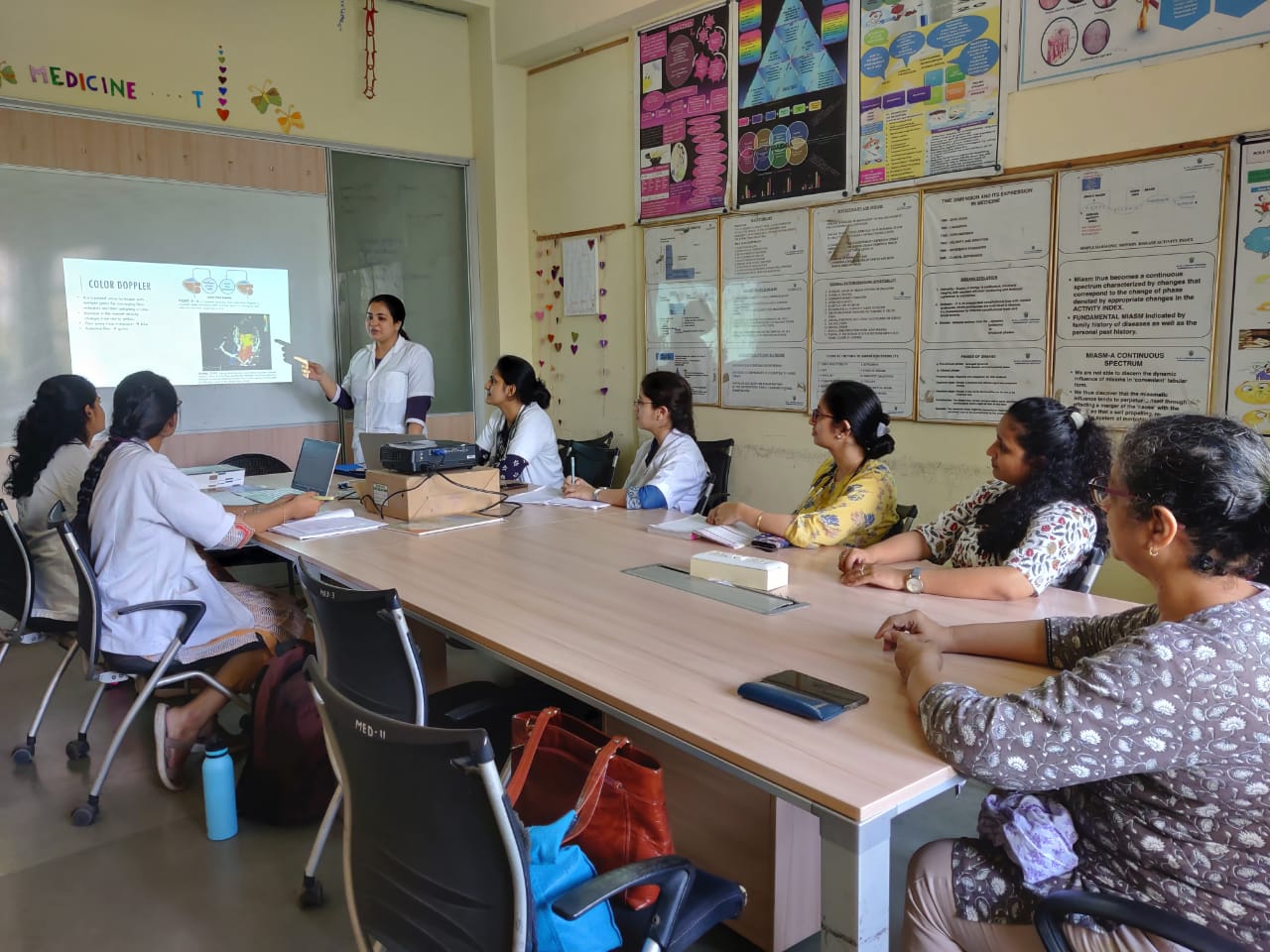
Why One Should Join Medicine Department-
About the subject:
1) In MLDMHI institute MD Medicine curriculum focuses on the training of the basic Homoeopathic graduate in the field of general medicine and enables him to treat the sick depending upon the principles and philosophy of Homoeopathy and to produce excellent, professional thinkers, researchers and teachers in Homoeopathy with special emphasis in the field of Medicine.
2) Training of MD students is divided in two parts where in first part for 1 and half year students deals with evaluating a clinical history of different symptoms and coming to differential diagnosis by integrating history, examination findings and investigations.
3) Whereas one and half year of Part 2 majorly deals with learning disease condition system wise and its correlation with homoeopathic philosophy and homoeopathic management.
4) Here in MLDMHI medicine department student get to apply their clinical knowledge through active discussion in case based session and at the bed side session in IPD, OPD where they trained to develop logical and lateral thinking by critical evaluation.
Department Wise Intake Capacity: 6 Students Per Year
Medicine Syllabus
INTRODUCTION:
Purpose of M.D. (Homoeopathy) – Practice of Medicine:
The purpose of this course is to train the basic Homoeopathic graduate in the field of general medicine and to treat the sick depending upon the principles and philosophy of Homoeopathy and to produce excellent, professional thinkers, researchers and teachers in Homoeopathy with special emphasis in the field of Medicine.
Click to download- Program Outcome (PO), Program Specific Outcome (PSO) and Course Outcome (CO)- Medicine Department
Click on the syllabus title to download the syllabus in PDF format.
Research Methodology And Biostatistics
Click on the syllabus title to download the syllabus in PDF format.
https://www.muhs.ac.in/upload/syllabus/04_PRACTICE%20OF%20MEDICINE_25092019.pdf
1) MD Medicine students as a Teacher | As a part of training MD part 2 students are guided and trained to give lectures at UG homoeopathic college. Students are trained in using modern technological aids in their lecture. Each lecture is evaluated by departmental faculty and timely feedback given. |
2) Participation in Contest | Students are encouraged to participate in competitive exams and contests like Beacon contest, Lippe Award examination, Avishkar poster competition. Experienced faculty and consultants guides students for the preparation. |
3) Attendance in Seminars and workshop at national level | Students are sent to get actively involved in symposia, seminar like Sarla sonavala memorial seminar, Dr Amar Nikam sing seminar etc. |
4) Participation in Health Camp | Students fair exposure to patient great opportunity of learning by examining patient at various camps organized in hospital as well as in nearby place. |
5) Participation in extracurricular activities | Encouraging students to actively participate in cultural and sports activities to enhance their extracurricular skills. |


